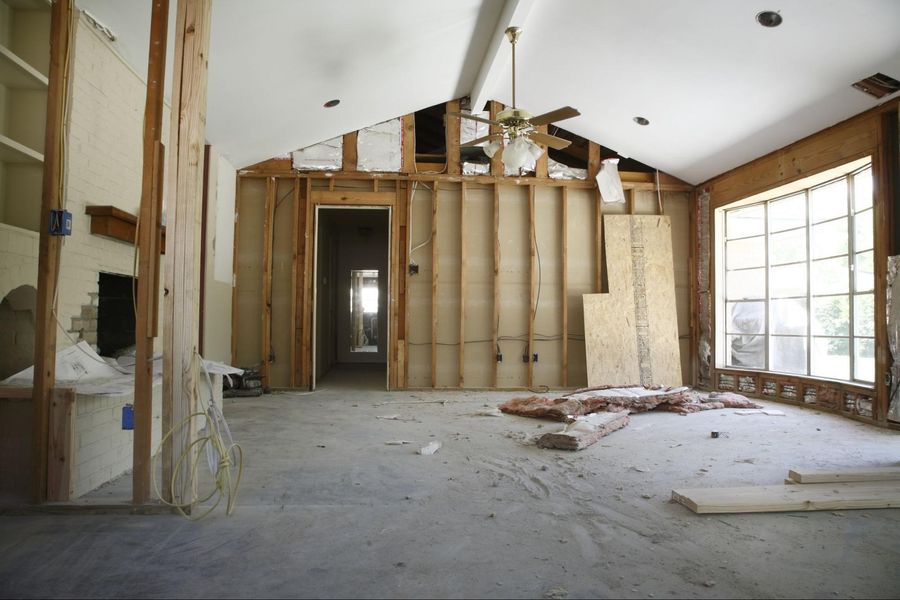Jennifer Skingley and her partner—the former an erstwhile project manager and the latter an executive manager—are meticulous planners, so no detail was spared when they planned a home renovation. However, no amount of planning could have prepared them for the aggravations they would subsequently endure.
“We got the keys to our home in February 2018 and before we even took possession of it we had teed up people to do the work. We really researched and organized our renovation,” said Skingley. “There were several false starts trying to get people who were available to commit to doing the work. We interviewed a ton of contractors, got multiple estimates and did as much of the leg work ourselves as humanly possible without actually being construction experts. We tried to hand everything over on a silver platter, but for the work to actually start was like pulling teeth.”
And that was only the beginning, added Skingley.
The basement level needed external waterproofing, upgraded plumbing and a new bathroom was fitted in, while the kitchen and upstairs bathroom also received significant work.
However, because of last minute cancellations by contractors and a seeming deluge of errors, the home renovation took much longer than originally anticipated and cost over $80,000.
“Management was the issue,” said Skingley. “There were some blatant oversights and lossages with the team of people we picked, so we definitely ended up spending more money than we had allocated, even though we budgeted quite thoroughly from the outset, because we know when you tear things apart you find ugly surprises, but we there were things like having to tear floors out a second time because they forgot to get a permit. Silly little things like that took us way over and above. Even sourcing material was challenging.”
Unfortunately, Skingley and her partner’s nightmare renovation is extremely common, and given the exorbitant cost of the work, most homeowners can afford nary a thing to go wrong, says Casper Wong, co-founder and COO of Financeit, a consumer financing platform.
“When most Canadians renovate their homes, they aren’t offered flexible payment plans by their merchants, and while there are more traditional ways of paying, like with cash or using HELOCs [home equity lines of credit], not every Canadian can afford to make cash payments up front,” he said.
“Not everybody has access to HELOCs. Only three million Canadians have access to them, and on average Canadians owe $65,000, and 25% of Canadians with HELOCs just make interest-only payments.”
Financeit, a digital platform, works with thousands of contractors to homeowners make those large renovations in low-installation payments.
“We use our technology—and we own the entire stack, which allows us to manage credit, underwriting, servicing, and we work with multiple lenders and have a mobile app,” said Wong. “Not every Canadian can afford to make cash payments up front and usually when they do, they’re more reliant on credit, but credit cards have high interest.”
Neil Sharma is the Editor-In-Chief of Canadian Real Estate Wealth and Real Estate Professional. As a journalist, he has covered Canada’s housing market for the Toronto Star, Toronto Sun, National Post, and other publications, specializing in everything from market trends to mortgage and investment advice. He can be reached at neil@crewmedia.ca.









